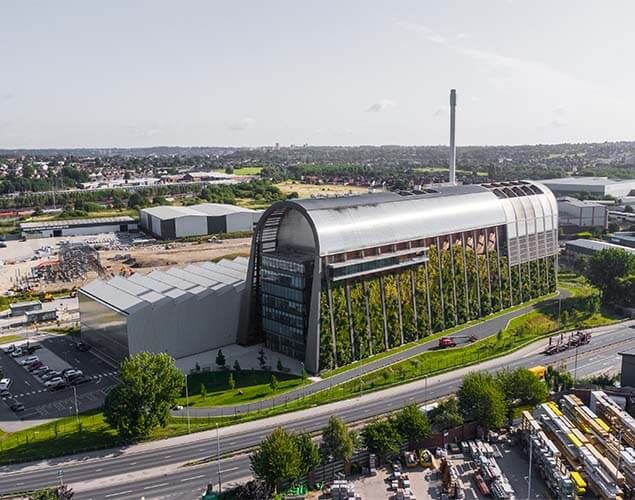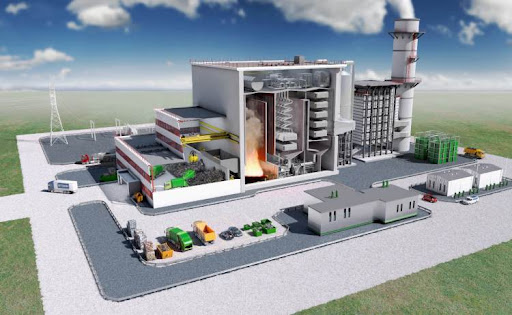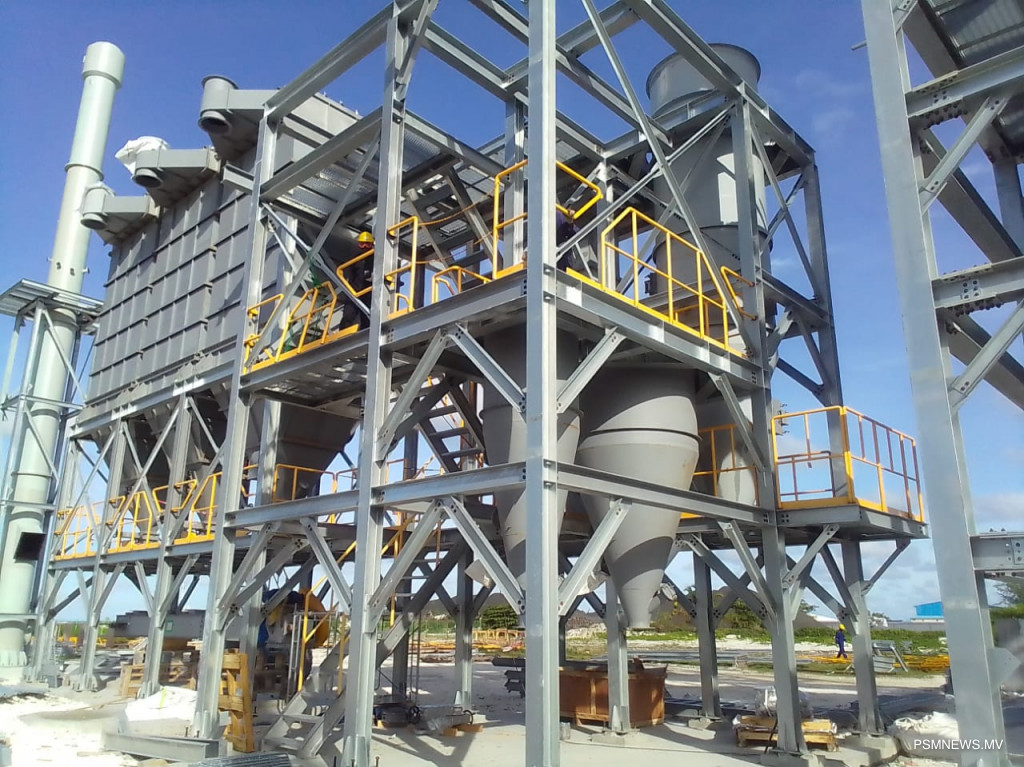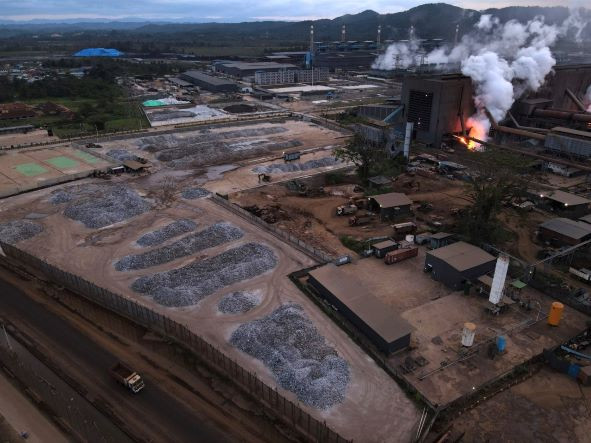
Introduction
Renewable energy targets play a crucial role in promoting the transition towards sustainable and clean energy sources. These targets aim to reduce dependence on fossil fuels, mitigate climate change, and secure a sustainable future for generations to come. Waste-to-Energy (WtE) has emerged as a viable solution in achieving these targets by effectively utilizing waste materials to generate renewable energy.
Historical Background
Globally, the evolution of renewable energy targets can be traced back to the growing concerns about climate change and the need for sustainable energy sources. Over the years, countries have set ambitious goals to increase the share of renewable energy in their overall energy mix. Alongside this, the emergence and growth of WtE technologies have provided an innovative solution to convert waste materials into valuable energy resources.
Key Concepts and Definitions
Renewable energy targets refer to specific goals set by governments or organizations to increase the share of renewable energy in the total energy production. These targets are significant as they provide a clear roadmap for transitioning to cleaner energy sources and reducing carbon emissions. Waste-to-Energy (WtE) is a process that involves the conversion of waste materials, such as municipal solid waste or biomass, into usable energy through various technologies such as incineration or anaerobic digestion.

Main Discussion Points
The role of WtE in diversifying the energy mix
The energy mix refers to the combination of different energy sources used for electricity generation. Incorporating WtE into the energy mix helps diversify the sources, reducing reliance on finite fossil fuels. By utilizing waste materials, WtE technologies provide a consistent and reliable source of renewable energy. Additionally, WtE facilities can operate continuously, unlike intermittent sources such as solar or wind energy. This ensures a stable and secure energy supply.
Environmental benefits of WtE in achieving renewable energy targets
WtE plays a crucial role in reducing greenhouse gas emissions and diverting waste from landfills. Through controlled incineration or anaerobic digestion, WtE facilities can significantly reduce the release of methane, a potent greenhouse gas emitted by decomposing waste in landfills. By capturing and converting this waste into energy, WtE helps mitigate climate change and contributes to achieving renewable energy targets.
Economic viability and job creation through WtE projects
WtE projects offer economic benefits by providing a cost-effective solution compared to other renewable energy sources. The revenue generated from the sale of electricity or heat produced by WtE facilities can offset operational costs and investments. Moreover, the establishment and operation of WtE facilities create job opportunities, both directly in plant operations and indirectly in the waste management sector.

Case Studies or Examples
Singapore’s successful implementation of WtE projects
Singapore has effectively implemented WtE projects to address its waste management challenges and achieve renewable energy targets. The country has multiple WtE plants that incinerate waste and generate electricity. The success of these projects has led to a significant reduction in waste sent to landfills, contributing to a cleaner environment and a diversified energy mix.
Sweden’s WtE model and its impact on renewable energy targets
Sweden has adopted an advanced WtE model, where almost all household waste is utilized for energy generation. The country’s WtE facilities not only provide electricity and heat but also contribute to the district heating system. This approach has helped Sweden in achieving its renewable energy targets while reducing greenhouse gas emissions and landfill waste.
Current Trends or Developments
Technological advancements in WtE processes
Continuous advancements in WtE technologies are improving the efficiency and environmental performance of the process. These advancements include advanced incineration techniques, gasification, and anaerobic digestion processes. Such developments enhance energy production, reduce emissions, and improve overall sustainability of WtE projects.
Integration of WtE with other renewable energy sources
To maximize the benefits of renewable energy, there is a growing trend of integrating WtE with other renewable sources such as solar or wind energy. This integration allows for a more balanced energy mix and ensures a reliable and consistent power supply. Combined with energy storage systems, this integration can effectively overcome the intermittency of other renewable sources.

Challenges or Controversies
Potential environmental concerns and mitigation strategies
WtE facilities, if not properly designed and operated, can pose environmental challenges, such as emissions of pollutants or ash residues. However, strict regulatory frameworks and advanced emission control technologies have been developed to address and mitigate these concerns. Continuous monitoring and improvement of WtE processes can ensure that environmental impacts are minimized.
Public perception and acceptance of WtE facilities
WtE projects often face public opposition due to concerns about emissions, health risks, or odor. Addressing these perceptions requires effective communication, community engagement, and transparent information sharing. Educating the public about the benefits of WtE and implementing proper waste management practices can help gain acceptance and support for these facilities.
Future Outlook
Potential for increased WtE adoption globally
Given the increasing global waste generation and the need for sustainable energy, WtE adoption is expected to grow in the coming years. Governments and organizations are recognizing the potential of WtE technologies in achieving renewable energy targets, reducing landfill waste, and mitigating climate change. With further advancements in technology and supportive policies, WtE can play a significant role in the global energy transition.
Role of WtE in achieving ambitious renewable energy targets
As countries strive to achieve more ambitious renewable energy targets, WtE can provide a reliable and efficient solution. By generating renewable energy from waste materials, WtE facilities can contribute to the sustainable development of communities, reduce reliance on fossil fuels, and combat climate change.
Conclusion
In conclusion, renewable energy targets are of utmost importance in promoting a sustainable future. Waste-to-Energy technologies have emerged as a relevant solution in achieving these targets. By diversifying the energy mix, offering environmental benefits, and creating economic opportunities, WtE plays a crucial role in the transition towards cleaner and more sustainable energy sources.




